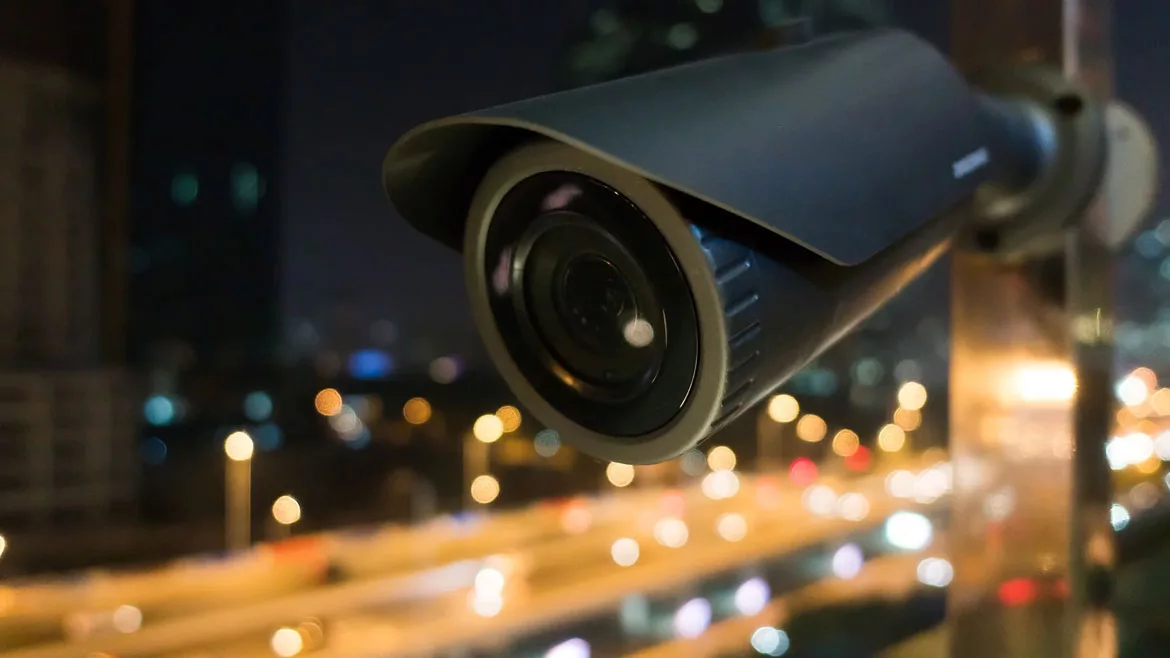Enterprise Services
Strategies for justifying security tech investments
Security leaders should determine which emerging technologies, such as artificial intelligence, are best for their organization.

xijian via Getty Images
With the growing acceptance of emerging technologies — artificial intelligence (AI), edge recording and cloud platforms among them — security leaders are embracing new ways of working and looking for new solutions. As the technology and threat landscapes evolve, security and surveillance solutions are expected to do more than just “monitor and protect.” They are now increasingly being viewed as business solutions, capable of delivering data-driven business insights and driving operational efficiencies across an entire organization.
Defining the need for security is usually straightforward — justifying a technology investment is often a different matter. Many security executives, if asked, would agree there’s something in their technology stack that could use an upgrade. However, those same executives would likely also agree the necessary budgets would be hard to secure, if not impossible.
With internal resources and budgets getting tighter and tighter, companies are often expected to do more with less. It all comes down to making the strongest case for security technology spending; demonstrating a clear need and reason for the technology; and also identifying ways to minimize spending as much as possible without sacrificing the benefits of modern security technology.
Making the case for security technology
When justifying security spend with organizational stakeholders, security leaders should think of their technology in terms of its potential to be a value add, rather than a cost center.
Take video surveillance, for example. In addition to monitoring a facility or property, deterring theft and protecting employees and visitors; a security and surveillance system can also be utilized to aid business operations via AI, machine learning and video analytics.
Video analytics have traditionally been viewed as a security luxury: nice to have, but limited in form and application. Technological advancements in algorithms and AI are propelling the capabilities of video analytics forward — and consequently making it easier to justify a spend due to their potential to save time and increase efficiency.
Just a few scenarios to illustrate the point of a properly designed and deployed intelligent video surveillance system’s value:
- Retailers can optimize store merchandise layouts and staffing for higher revenue potential.
- Hospitals can monitor patients to determine if they are secure in bed or at risk of falling out.
- Schools can perform people-counting to accurately track the volume of people entering or exiting a building.
- In the gaming industry, analytics can help casinos track guest behavior patterns, determine the busiest and slower times of the day, and which games are more regularly visited.
- Public space managers can monitor building occupancy levels to comply with health guidelines.
Aligning security technology investments with the organization
Ultimately, organizations in any industry can derive data-driven business insights from their security technology stack. Equally important to knowing how much to spend is also knowing when not to spend.
For example, a company can prioritize their security needs and then start small, implementing a security program in only one area of a business as a test. If they achieve success in that one area, their case for a larger spend for company-wide deployment is much stronger.
In another scenario, a retail chain or large bank may have plans to upgrade their camera network at 6,000 locations. In reality, no organization is ever likely to do all 6,000 at one time, so as an alternative, they can plan out an appropriate “phased” deployment strategy, rolling out 400 locations a month or along whatever timeline makes the most sense for them.
Other criteria that may determine the type of security system and how much an organization needs to spend for it are the intended use cases. For example, in many markets such as cannabis or banking, there are regulations stating the need to have both onsite and offsite back-up storage. In that case, security technology spend could be dictated by regulatory requirements.
It's also important to evaluate how sensitive data is. If the organization deals with financial or GDPR-controlled data, security leaders may not want to put it all in the cloud, for example. These use cases could necessitate a hybrid-cloud or on-premises approach to data storage, and the regulatory landscape can be used as a justification for the appropriate security technology.
In other words, the final use often defines the amount required to spend, which is the majority of a good argument for making a security technology investment. Security technologies are high on companies’ priority lists for good reasons. An effective strategy can “future-proof” every aspect of an enterprise and keeps a company relevant and thriving in today’s competitive environment.
Looking for a reprint of this article?
From high-res PDFs to custom plaques, order your copy today!






